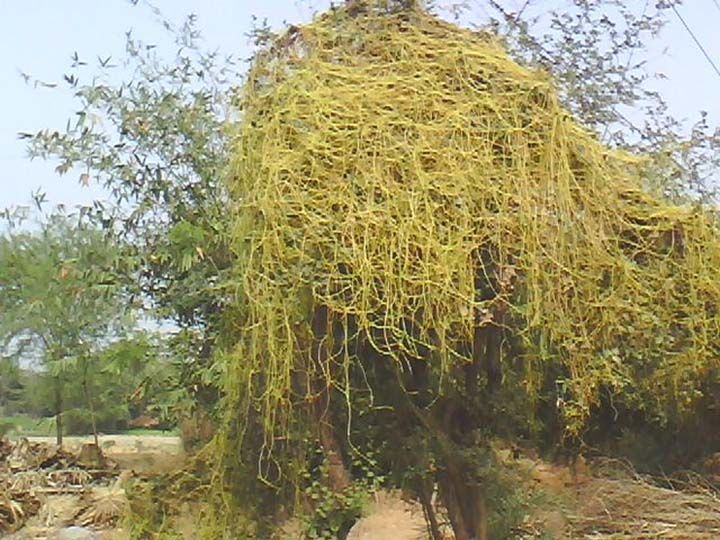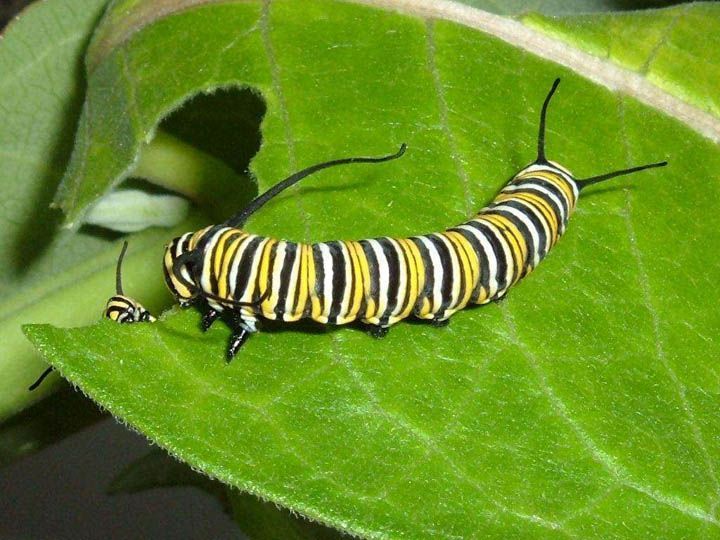Interactions with
Other Organisms
Parasitic
Parasitic Plants Parasitic plants depend on some or all of their nutrition from another plant called host plant. In this association the host plant does not get anything in return from the parasitic plant end this type of relationship between living organisms is called parasitism.

Some parasitic plants are photosynthetic and depend on the host for only water and minerals. Such plants are called partial parasites. Mistletoe is a partial parasite. Some other parasitic plants depend completely on the host for sugar, minerals and water.
Cuscuta (dodder) or amarvel is a typical example of a total parasitic plant. It can be identified by its thin stems appending leafless, with the leaves reduced to minute scales.
Many of the parasitic plants show modified roots called haustoria. These roots are modified for the purpose of sucking food from the main plant.
Insectivorous
Most of these plants grow in mineral deficient soils, especially, nitrogen. Thus to meet their nutritional requirements they rely on animals (insects). These plants are also called carnivorous plants. Carnivorous plants are found all over the world. Common examples are Venus flytrap, pitcher plant, sundew plant
Pitcher plants have cone-shaped leaves and are filled with nectar. The cavity formed by the jar shaped leaf often attracts the flying or crawling insects. The Inside of the leaves is very smooth and slippery, and has stiff hair like structures at the rim.
These threads like structures, once disturbed. close the opening of the pitcher by lowering the flap and the insect trapped finds it difficult to escape. At the bottom of the pitcher are the fluids containing digestive juices.
Sundew plants, Venus flytrap and show different adaptations that enable, them to capture and digest their prey easily


